Intercloud routing refers to the process of routing data and application traffic between different cloud environments. As more organizations adopt multi-cloud strategies (using multiple public cloud providers) and hybrid cloud strategies (combining private and public clouds), there's a growing need to efficiently manage and route traffic between these diverse environments.
Key points of intercloud routing include:
- Connectivity Across Clouds: It's about ensuring seamless connectivity between different cloud platforms like AWS, Azure, Google Cloud, and private clouds. This is crucial for organizations that have workloads distributed across different clouds and need them to communicate with one another.
- Optimized Data Flow: Intercloud routing isn't just about connectivity—it's about ensuring that data flows in the most efficient and optimized manner. This can involve considerations like latency, bandwidth costs, and data transfer rates.
- Security: Intercloud routing solutions must ensure that data remains secure as it moves between different cloud environments. This may involve encryption in transit, dedicated connections, and other security measures.
- Compliance: For organizations subject to regulatory constraints, ensuring data remains within specific geographic boundaries can be crucial. Effective intercloud routing will consider such constraints and route data accordingly.
- Dynamic Routing Capabilities: Cloud environments are dynamic, with resources often scaling up or down based on demand. A good intercloud routing solution can adapt to these changes, adjusting routing patterns as needed.
- Integration with Existing Networks: Many organizations still maintain significant on-premises infrastructure. Intercloud routing solutions should integrate with these existing networks, ensuring that data can flow seamlessly between on-premises environments and various cloud platforms.
Some of the tools and services that facilitate intercloud routing include cloud exchange platforms, cloud network gateways, and software-defined WAN (SD-WAN) solutions optimized for multi-cloud environments.
In summary, as the cloud landscape becomes more complex with a mix of multiple public clouds, private clouds, and on-premises environments, intercloud routing becomes a vital component in ensuring efficient, secure, and compliant data flow across these diverse environments.




